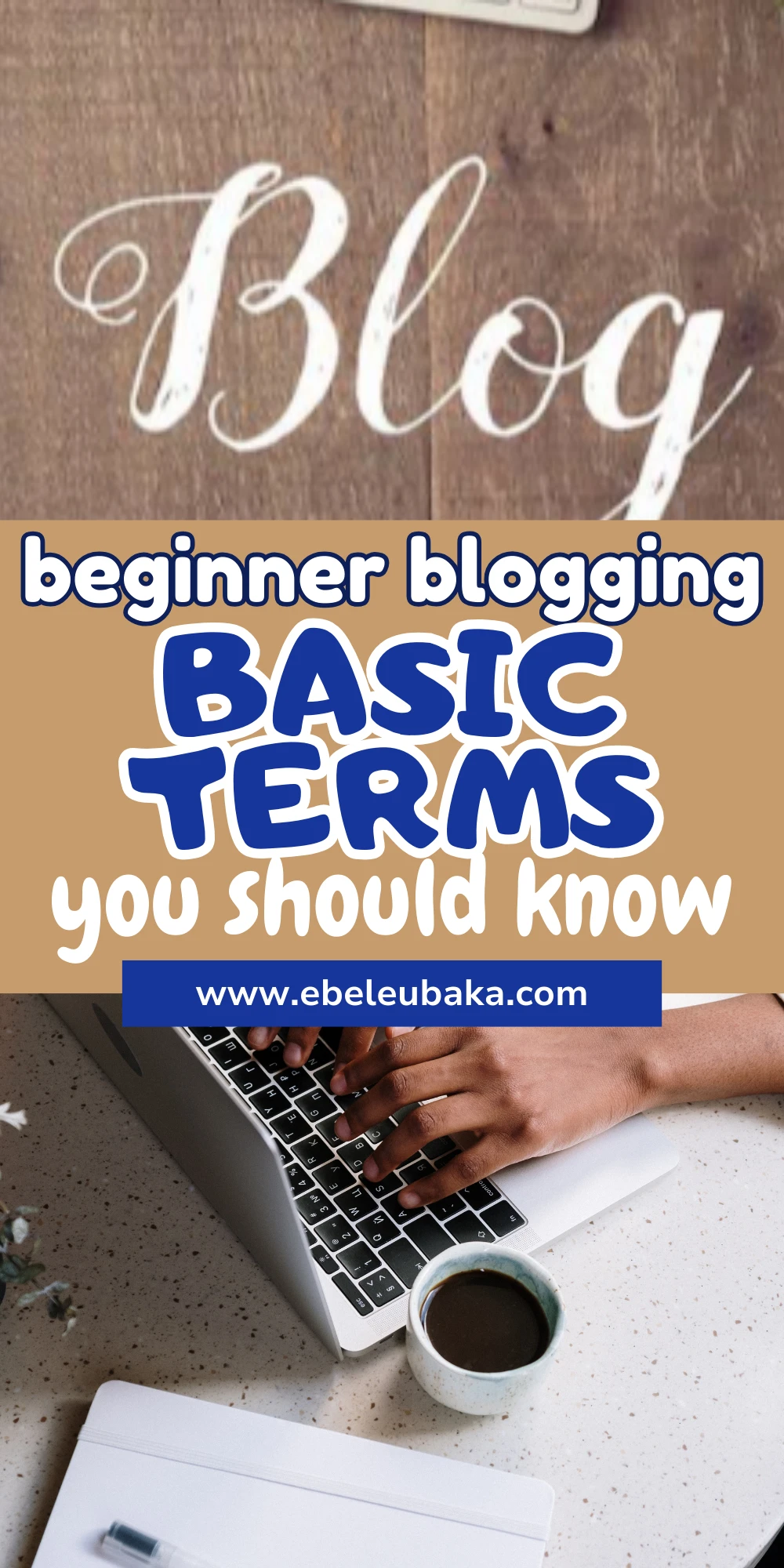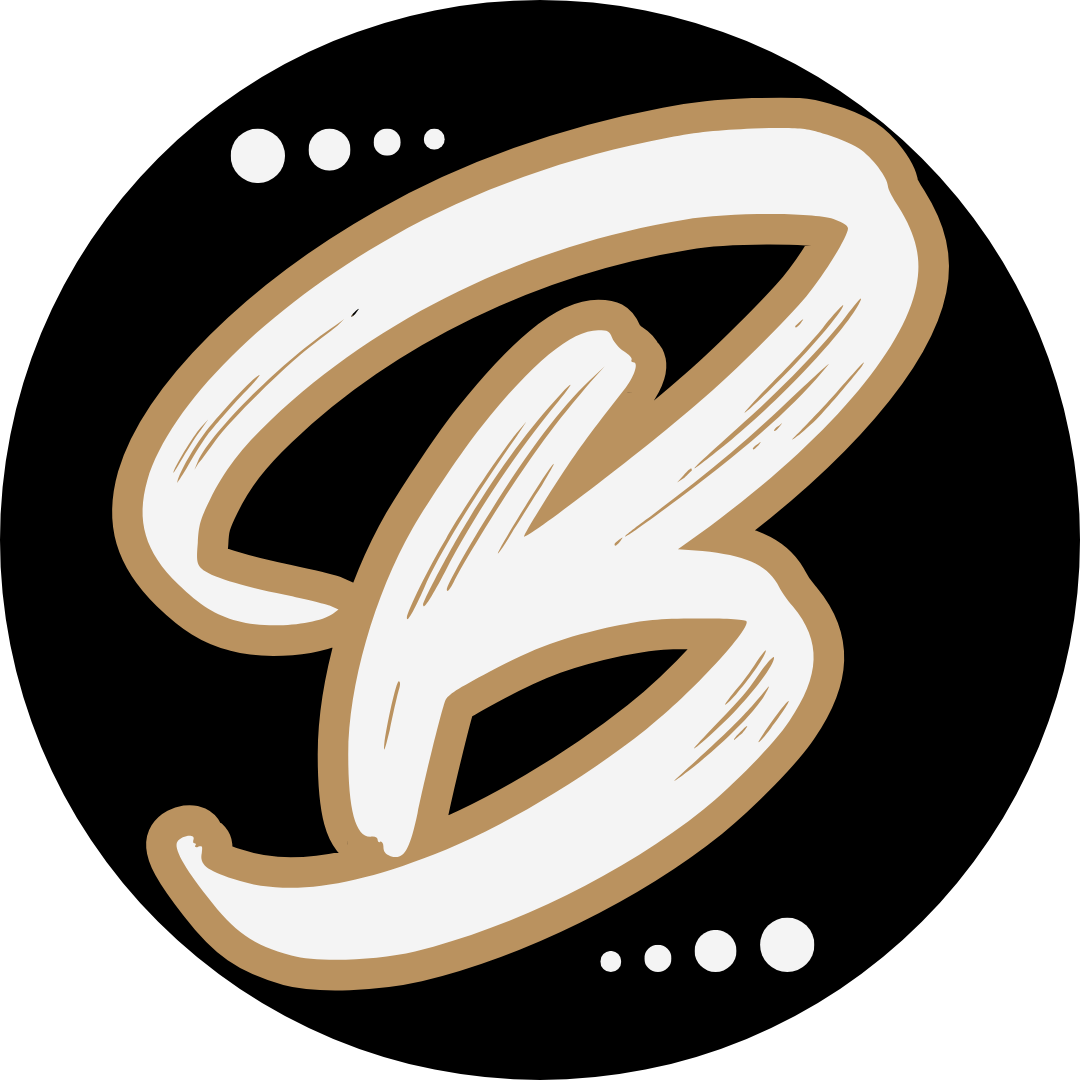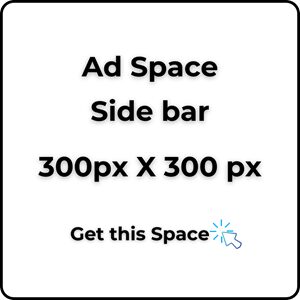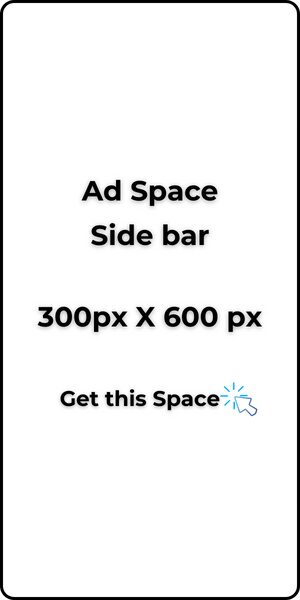For the beginner blogging basic terms, I will be explaining to you the terms used in the blogging field you should know and understand. You will come across these terms repeatedly because they are used universally.
You may find cooperate definitions elsewhere, but here, I will be explaining it as though you are an 8-year-old. If you don’t want to read through, go here to read the summary.
Blog
A blog is an online platform for sharing content and information about any topic of interest to your readers. This is exactly what you do on your social media accounts. The difference with sharing on social media is that SM is usually short or micro posts and you also do not have control over how your posts are shown to your readers (you know the issues with algorithms). With your own blog, the sky is your limit.

Blogging
Blogging is a strategic content development aimed at educating, entertaining, informing, and marketing to your readers. When using a social media sharing strategy, posts are usually made randomly, from something you saw on the road, or reactive (this is a method of creating content only around a trending topic).
With blogging, posting is planned, strategic, and aimed at taking your readers through a journey, you are decisive, an informant, an authority, and a conversation starter through what you post on your blog.
Domain name
A domain name is a name used to identify your space/home in the online world. It can be likened to your building name/address. It is the name you give your building. If I want to visit you in your home, I will need your building name/home address.
That’s what a domain name is for. Readers will simply input your domain name in their browser and they land on your blog home. A typical example of a domain name is goodlooks.
Domain extension
A domain extension signifies the location zone of your domain name. It’s like a town name. Some of us are in towns located in Africa, some in Europe, some in Asia, and some in Canada.
It’s a known fact that some of these places are more desirable than others, while some names are government-reserved names. Same with domain extensions. These extensions include .com, .com.ng, .net, .edu, .edu.ng, .gov.ng, .ai, .org, etc.
A .com extension is more desirable than others. It’s popular and its target audience is worldwide. It’s also easy to remember for your readers, as readers are known to easily forget other specific extensions. Using an extension other than the .com extension will depend on who you are targeting or the purpose of the blog.
An organization will choose a .org extension. A blog strictly addressing Nigerians and never in the future hoping for massive reach from other people in other countries will choose a .com.ng or .ng extension. If you are offering an AI product, you will choose a .ai extension. A typical example of a domain extension is goodlooks.com, goodlooks.com.ng, or goodlooks.org.

Sub Domain
A subdomain name is a prefix added to your domain name, separated by a dot, usually meant to serve the blog. For example, goodlooks.com is a blog domain, it’s mostly made up of blog posts.
Supposing you desire to add a shop to your blog without going to buy another domain name, you simply use a subdomain. A subdomain will look like this shop.goodlooks.com or services.goodlooks.com. You can see the name shop automatically shows that the domain is retained while adding adjoining services to the blog.
URL
A URL is an acronym that stands for Uniform Resource Locators. It creates a complete online address for you on the internet space. It is often used interchangeably with the term domain name. On the internet space, your domain name is part of the URL.
A typical example of a URL is https://goodlooks.com or https://www.goodlooks.com. But you know that no reader has the time to type all that to get to your blog. They will just simply type goodlooks.com to get in. You only need to input the full URL supposing you are filling out a form and you are required to put your URL.
Niche
A niche refers to a specific problem you want to address using your blog. It is what makes your blog unique. It makes you stand out in the competitive market. Take for instance our domain example goodlooks.com, the name suggests that we are focusing on appearance.
This appearance could be for clothing, eyewear, or even for building interiors. Let’s say your topic of interest is clothing and fashion, this is still a broad niche. We have so many competitors, let’s narrow it down more. We look at men, women, or children. If we choose women, we look at plus-size, slim-fit, or curvy women.
Say we choose a plus-size, we look at the kind of plus-size we want. We want them to have knowledge of the internet (that’s how they will find your blog) so they are likely working-class-plus-size women. This helps you craft blog posts and sewing services that the above women will find appealing and there you have your readers for the goodlooks blog.
Hosting
Hosting is a portion of the internet space where your blog sits. On the internet, it could be free or paid hosting. It’s like going to buy a plot of land from anywhere or anyone in the world or buying from real estate companies.
At this point, we are bringing your blog online. You can do these yourself if you have the finance (this can run in millions) to fund a complete hosting and keep it running, otherwise, you can buy your hosting from existing hosting companies.

Content Management Systems (CMS)
A CMS is an online platform where you store the contents of your blog. This is the main building and how you choose to build it matters. The CMS you choose to use depends on the goal of your blog and the level of technical skills you want. The CMS available includes Blogger, WordPress, Wix, Drupal, Joomla, Shopify, etc.
A simple blog or website will likely choose WordPress as its CMS. If you can code and manipulate many elements on your blog, you will tend to use Drupal or Joomla. If you are looking for an e-commerce platform, you can go with Woocommerce (WordPress) or Shopify.
Here is a comparison of WordPress with other CMS and more on understanding content management systems.
Themes
Themes are the interior decoration of your blog. They control the appearance of what your blog will look like. The size of the theme you install affects the speed of your blog. You want your blog to open to your readers at lightning speed.
There are paid and free themes. For a beginner, I will suggest free themes for you in the later posts on this blog.
Plugins
Plugins are tools installed on your blog to enable you to fulfill certain functions that you cannot do for yourself since you cannot write coding language. In buildings, this will be likened to your furniture, your electrical fixtures (these power your sockets, light bulbs, air-conditioners, etc), and mechanical fixtures (these help you get water into your house, drain dirty water, use your toilet, etc).
The size of the plugin and the number of plugins you install on your blog affect the speed of your blog. There are paid and free plugins. For a beginner, I will suggest free and essential plugins for you in the later posts on this blog.

Pages
These are referred to as stand-alone posts on your blog and are rarely updated. They are static in their purpose, meaning that you don’t have to be updating them all the time after your initial setup.
They contain posts that strictly explain the legal expectations of your blog. This includes an About page, Contact Us page, Terms & Conditions page, Privacy Policy page, Disclaimer page, and Refunds & Returns page.
The pages you add to your blog depend on what you do and the extent to which you want to legally protect yourself from readers on your blog. A Refunds & Returns page is required if you need to sell anything directly on your blog. example of a page is goodlooks.com/about or goodlooks.com/contact-us.
Posts
This is the heartbeat of your blog. It’s the part where you write and publish regularly. Many readers will come to your blog through the post links of your blog and that’s where you pay all your attention to, after all the initial setup.
Page Builders
These are online tools/plugins used to re-design how you want your pages and blog posts to look. The most popular page builder is Elementor. I would suggest that you keep your design minimal to avoid bloating the codes in your blog.
Keywords
This is a combination of 3-6 word phrases that a specific post ranks (is known for) on search engines. These are a set of words your blog as a whole will rank for when people perform a simple search on search engines.

Search Engines
These are websites that have the resources to rank, organize, categorize, document, and serve blogs and websites to readers according to their online search intent and relevance. They include but are not limited to Google Search, Bing Search, DuckDuckGo, etc.
SSL/TSL
An SSL/TSL is an acronym that stands for Secure Sockets Layer/Transport Layer Security. It’s a security certificate or protocol installed on your blog to protect you from hackers. It is meant to code the contents of your blog in a language that is not readily translated, as your contents are moved from a server to your readers.
Server
A server is an online storage machine that readily serves the contents of your blog to your readers. These are located in specific places around the world.
Cache
A cache is a plugin that saves the immediate state of your blog and readily presents it to readers. It reduces the time it takes for the server to get the immediate look/content of your blog if there is any delay on the server.

Affiliate Marketing
Affiliate Marketing is the act of selling somebody else’s products/services to your readers and earning an agreed commission when they purchase the product or service through your link.
Content
Content simply means the information you share on your blog. It can either be in the form of images, text, video, audio, or info-graphics.
SEO
SEO means Search Engine Optimization. It is simply how you organize and position your content to be found on the internet and get your content to rank on the first pages of search engines.
Traffic
Traffic is daily, weekly, monthly, or yearly visitors to your blog.

PPC and Direct Monetization
PPC means Pay-per-click. This is a monetization method where a person/organization/company seeking to advertise on the internet uses your platform through an advertising agency to advertise on your blog.
They pay you for every valid click on the ads placed for them on your blog. This is usually done through a third party serving you and the advertiser. Direct monetization is as the name states, a direct advert agreement and placement between your blog and the person or company who wants to advert on your blog.
Guest posting
Guest posting is simply writing a post that will not be published on your blog. Instead, it will be published on high-ranking blogs with relevant links directing back to your blog.
Backlinks
This is an authority given to your blog by other blogging sites when they insert a link of any content of your blog to any content in their own blog. Consider it as a reference you include in your typical curriculum vitae or resumé.
Search engines recognize and use this to rank you as you grow your blog. The more backlinks you get, the higher your ranking on search engines.
Internal links
These are links within your blog posts or pages pointing to another post or page still within your blog.

Traffic banking
This is a method of capturing and storing details of your blog visitors either by collecting their phone numbers or emails. For emails, this is done using email service providers such as MailChimp, ConvertKit, Aweber, etc.
Email Service Providers
An Email Service Provider is an email marketing service company that provides you with the resources for reaching or notifying your readers about a new product, service, or a new blog post on your blog. You will first have to get readers to sign up from your blog for you to have access to email them at the pace you wish to.
In summary/conclusion, or should I say in relatable terms using buildings,
- A Domain name is your building name.
- A Domain extension is your town name.
- A Hosting is a building estate.
- A CMS is your building itself.
- A Theme is your building’s interior design.
- A Plugin is a furniture, electrical, and mechanical fittings.
Disclaimer: I do not have any affiliations with the domain name goodlooks.com. It was merely used for explanation purposes.
***
Now that we have covered the beginner blogging basic terminologies, hope you Know the Difference Between WordPress.com and WordPress.org. To start your blog setup, then follow these steps.
Step 1: Develop a Blogging Business Plan.
Step 2: How to choose and Buy Your Domain Name with your Naira card.
Step 3: How and Where to Buy Your Hosting with your Naira card.
***
Happy Blogging…





